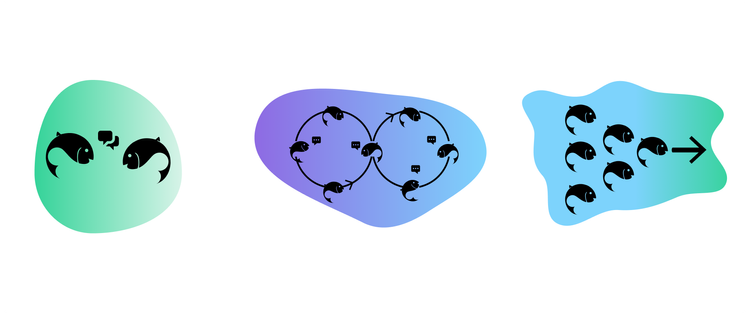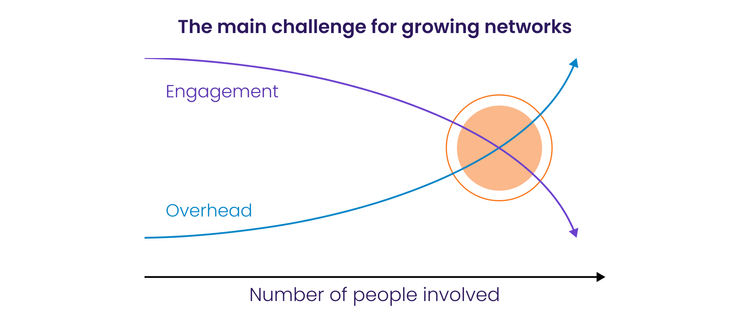Community engagement is not always about reaching out. Let's look at how to reach in, and the basics of a healthy community. To generate a center of interaction and interest that will draw others in, start with your most active members.
Healthy, adaptive, vibrant communities have a few things in common:
- clear boundaries that are not rigid
- a sense of belonging among members
- a pattern of service and care between members and of common resources
As we build Socialroots, we talk regularly with lots of different people about their communities. We've noticed a curious pattern. The folks community managers may think of as "members of their community", often don't self-identify as a community member!
To better engage your community, ask three key questions:
- What shapes the community's boundary?
- What makes it 'yours'?
- What sparks engagement?
Shared space alone does not make a community
Before diving into these, let's clear up a bit of confusion about virtual communities:
In a common misunderstanding, we call tools 'virtual communities'. Virtual spaces are viewed as 'a place', as just by existing. A shared appreciation of a brand, service, useful content, or clever hashtags brings people together. These spaces may attract networks in which communities can form, but the participants likely don't form a community. They may not even interact. Your community is not your CRM. That's your audience.
Content alone does not make common ground.
Dynamics in social media and other online 'communities' bend toward a 1:9:90 participation rule that may be very hard to shift. This ratio of core leaders to participants to lurkers (or learners!) may be due not only to limits on human attention, but also to the lack of clear community boundaries in virtual networks.
When anyone can participate, most people don't.
People navigate public social networks, fandoms, forums, and more to find information and connect. These virtual spaces offer a great way to find and grow your audience and network. They are not made for engaging your community. Treat these more public networks as opportunities - serendipity generators that help you find and invite people. Rather than fight to shift that un-shiftable 1:9:90 ratio of online spaces, focus on a clear space for your most active 9%.
You audience is powerful where they are. Not everyone needs join your community. In fact, it might be healthier to narrow your pathway to engagement, even as you grow your audience. Decide what the boundary of your community is. Local? Skill based? Requiring some commitment of time or resources? What are the criteria for entry? Create a bit of friction upon entry to help ensure you find people who really do want to engage with the purpose of your work. Vett and fire customers not aligned with your aims, and find and work with people who are. Turn customers into partners. Serve with clarity the community you have chosen to convene and support.
You cannot be everything to everyone. If you try, no one is likely to remain.
In the social media era, we're told to shift from broadcast to interactive conversation spaces. To move from 'push' to 'pull' methods of 'engagement'. This has generated immense knowledge transfer, and serendipitous discovery. But while searching for an ever-larger audience, we also generate endless feeds of people talking - and fighting - in these giant networks. They have backfired, nearly taking out democracy in the process. Instead of aiming to generate that next click, aim to bring people together in networks of social value creation.
Community engagement today needs be radically different. We need to generate value for each other, and use rapid learning to scale across, rather than 'scale up'. Only then can we all pitch in to address our biggest challenges.
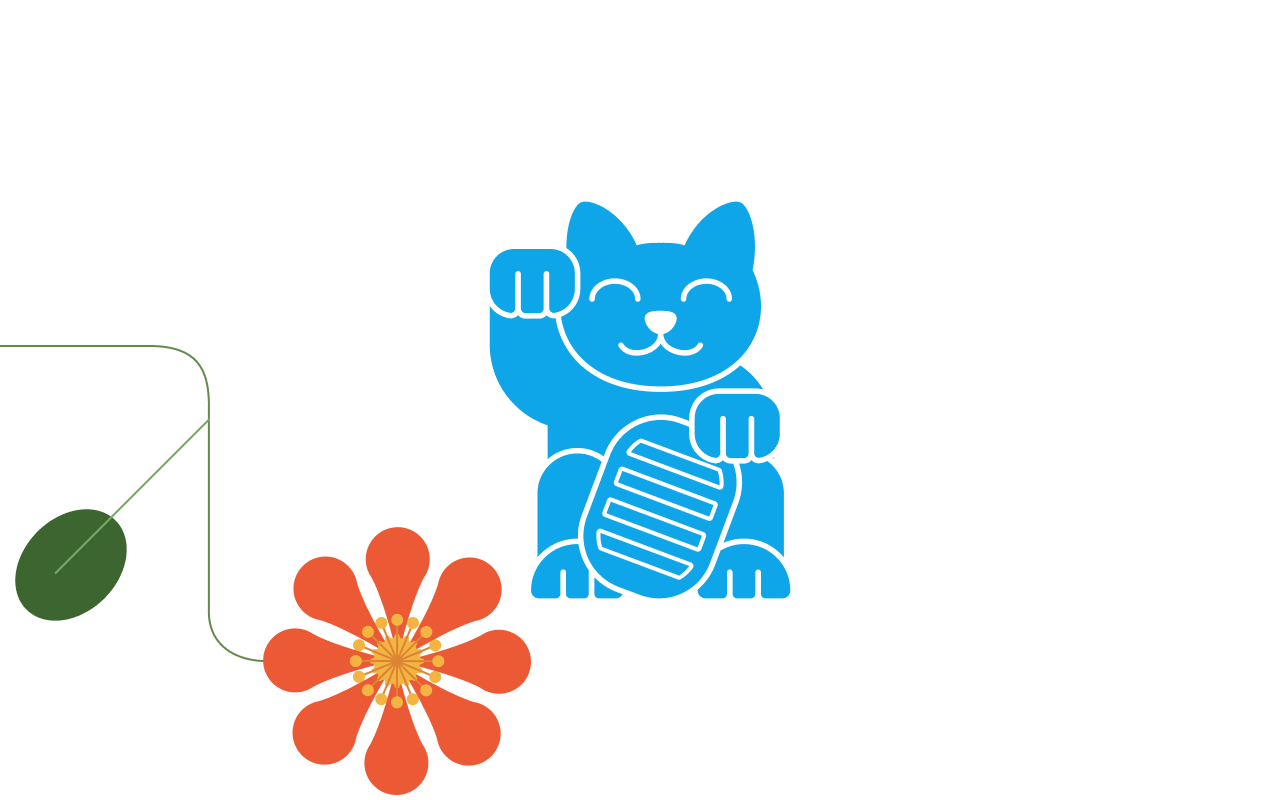
What shapes a community boundary?
A community cannot take shape without a boundary. Slow to change, yet flexible, semi-permeable, and dynamic, boundaries define a community. They are clear, but also can shift with the needs and focus of the community. They define a place, giving context for a community to grow. Above all, they create shared conditions, which either support or impede the ability of their members to thrive. (For or a wonderful look at community as a living system, see Michelle Holliday's article: Tourism, Hosting & The Practice of Community Wellbeing.)
Communities commonly have at least one of three primary types of boundary:
Communities of place
We live here, with friends, neighbors, and strangers, sharing the land, air, waters. Place-based communities offer the most familiar example of a bounded community. Anyone who lives in this place can take part. The geographic boundary holds our common ground. People of a place can imagine and shape a shared future and discover where values align. We can even work towards civic participation even in the face of conflict.
Three main things unite us in place:
- our need for civil ways to access resources,
- our desire for belonging, and
- our willingness to care for the health and wellbeing of people and the ecosystems of which we are a part.
Communities of practice
In practice, we train, learn, create, and share together. Communities of activity, interest, and learning share common ground by advancing skills and knowledge. Whether towards a field of study, art form, craft, or profession, we strive in practice to improve both ourselves and the practice itself. As we learn, we co-create together.
Communities of purpose
These functionally-oriented communities take collective action towards a shared outcome. As crisis compounds crisis around the globe, a shared vision of the future grounds members in communities of purpose. 'We strive for this change in the world!' David Erlichman's book Impact Networks offers a clear guide to these communities.
Start with a small boundary
Communities must have a boundary to exist. That boundary is defined though some kind of common ground. This grounding exists not only as a particular space, but as a shared picture of, and caring for, the future in that space.
Communities also have multiple boundaries. Power, connections, and exchanges at a farmer's market vary greatly from how these look at city hall. In virtual communities, overlapping subgroups form and dissolve and reform. Whether place-based or virtual, turn the 'influencer' idea of community-as-followers inside-out. Start with the boundary that is both close to you and active. If you have been thinking of your wider network as your community, turn your attention to the most active ten percent of those folks. Start small. Flip your attention from 'anyone-who-will-listen' to 'only those who ask for more'. Look for 'no's. Give people every change to stay in the passive audience and networking spaces. Shift more of your team's time and attention to those who still say 'yes, I'm in!' to whatever it is you are doing.
(For excellent resources on finding the 'minimum common ground' of a community, see Aldo de Moor's work at CommunitySense. For more on types of community, see The Abundant Community.)
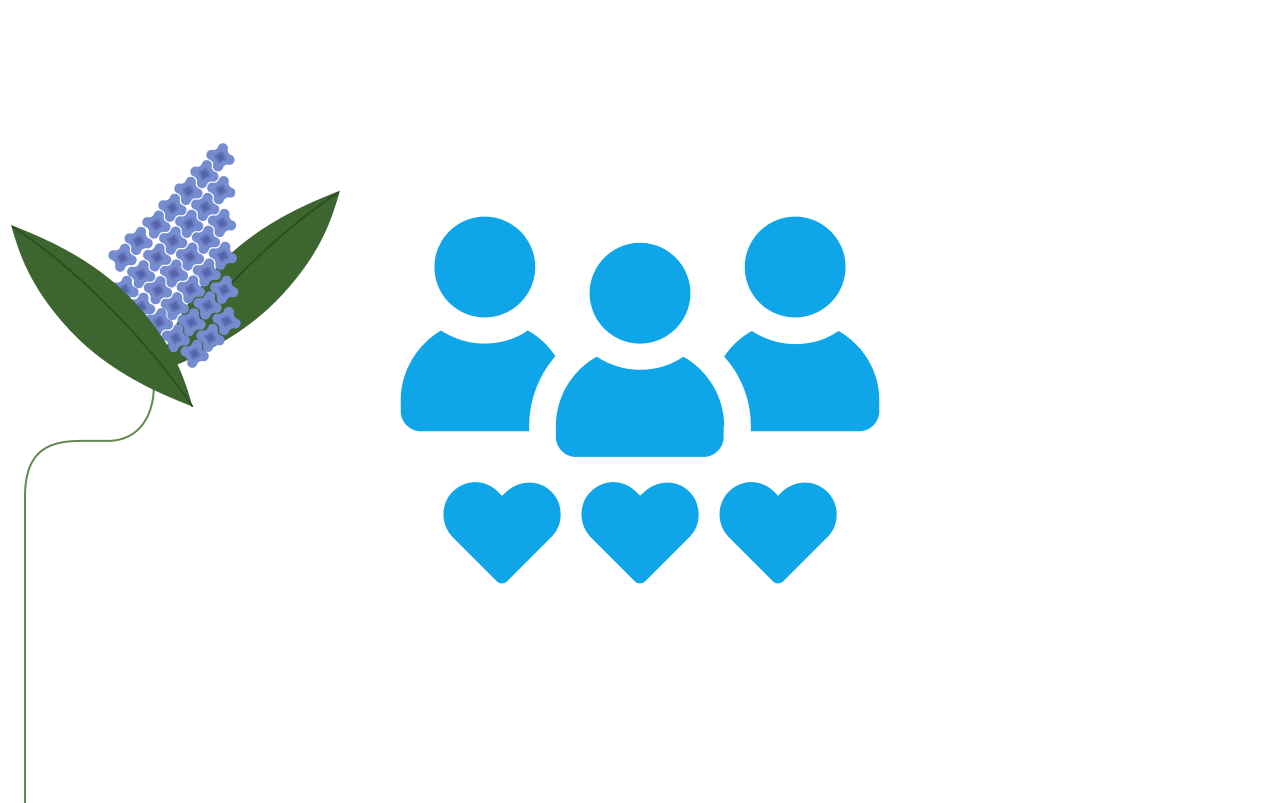
What makes it your community?
A community is a group of people, who come together in service to each other, and to a common goal. Whether stewarding and sharing resources in a specific place, learning together, or catalyzing change towards a common goal, a community is yours only if you belong to it. Start at your core, with a small, healthy team. Successful community engagement helps people discover each other. Through these relationships, we uncover hidden capacities. We begin to do more together than we can alone. (If you just want a group of people to listen, interact, and share your work, and make money, that's an audience, not a community - see section above.)
Now, humans are funny. So are human communities. You can't gather a group of people and avoid hierarchies, and some of their dark patterns. 'Mine'. Power. Status. You can begin with a common ground but end up bending a community's resources in service to those in power.
But, hierarchies do not just exist to accrue power. Their origin is in service to their component parts, as Gordon Brander recently reminded me:
I like this passage from Thinking in Systems, and also the rest of the chapter where Meadows explores this tension. https://t.co/NclUwAXpzp
— Gordon Brander (@gordonbrander) September 21, 2022
So your ability to be of service, of use to others, and to better connect people not only to your work, but to each other makes a community willingly yours. But it is 'your community' only in the sense that you are part of it, connected in service. If you aim to extract the value the community co-creates, you will lose trust. Instead, contribute to conditions for abundance and thrive together. This Common Future article, Building a More Democratic Economy and Finding Political Voice, explores the wider role of community engagement.
Members of the Common Future community often recount how they’re lifted up as symbolic actors by the economic policy institutions who claim to represent their interests—they are very rarely given the space and power needed to actually influence key decision points. This oversight, at scale, is one of the primary reasons inequality continues to grow. The sector’s systematic deprioritization of real community engagement around economic policy is weakening our democracy. Community engagement isn’t just a box for institutions with new DEI policies to check-off. If done well, community engagement can be fundamental in strategy decisions to building real economic power for target communities.
The only way the community will remain yours in the long run is to release it to itself, and try to pitch in where you can. The community belongs to its members.
The constituent parts of a community - individuals or smaller groups - also need to serve the whole. This relationship of a community to its autonomous parts, and the help that subgroups within communities bring to the whole is called 'subsidiarity'.
Subsidiarity is the principle that local social units should have meaningful autonomy wherever possible while maintaining their connections and responsibility to the larger systems in which they exist.
- Amy A. Hasinoff and Nathan Schneider, From Scalability to Subsidiarity in Addressing Online Harm
What all this means is that a healthy community is neither a chaotic egalitarian utopia, nor a rigid authoritarian machine. It comes from neither a 'big government' nor 'local only' mindset. It requires the integration of top-down and bottom-up relationships, focusing on how we can help each other at and across each layer. Healthy communities come alive. People connect within and across groups, sharing knowledge and resources. This creates conditions for various parts and hierarchies to support, not supplant each other. Together, we learn and adapt more quickly.
'My' community is also yours. It is ours. By working in service to a shared possible future, we foster better conditions for life, together.
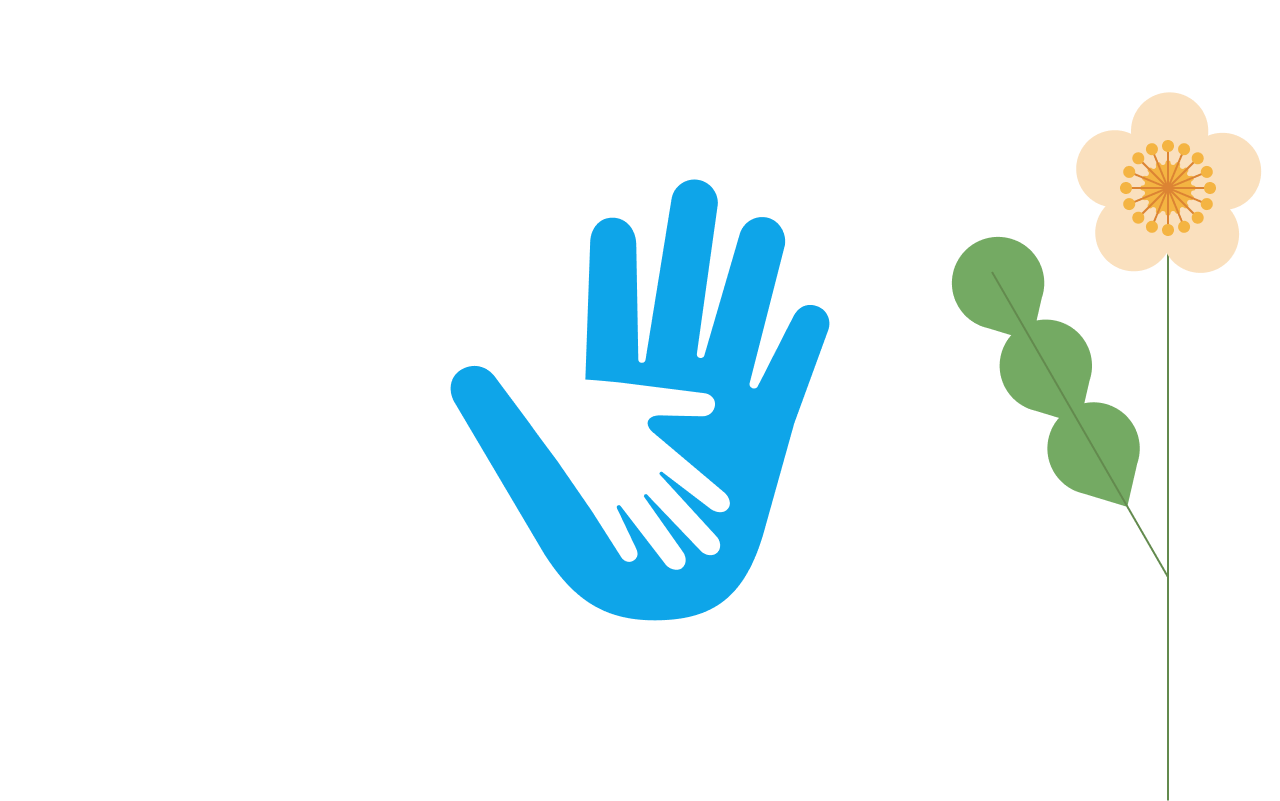
What sparks engagement?
So, how do we start this mindset of abundance and learning? How do we begin engaging our community?
Community engagement is not something you can 'drive', dragging the machine along with a reliable motor. Unlike the brand 'engagement' used when marketing in wide public networks, it does not have a clear funnel. While a clear boundary and a common aim are both critical, they are not sufficient. Hold doggedly to a rigid purpose, attend to your community only when you need to serve that purpose, and your community will dissolve. You will find yourself again out in marketing networks, looking for an interested audience to preach a purpose to.
To ensure that your engagement efforts stay clear on a common purpose and make enough space to serve the community members, there's a few things you can do:
Be of service
“The path to authentic community engagement begins when organizations demonstrate a willingness to move beyond their own goals and ambitions to recognize and champion the individual and shared goals and ambitions of the community.”
- Sylvia Cheuy, Trust: An Essential Ingredient in Authentic Community Engagement, 2018
Community engagement emerges from humans acting together in service to each other and in alignment with their values. We build (or break) trust, generate culture, and share experiences. It's emotional, drawing in turn from joy, anger, fear, and bravery. It's aspirational, creating more possibilities. Relationships deepen, resources are shared, and knowledge spreads. And it's deeply human.
Our species has a uniquely cooperative adaptation. We enjoy finding ways to help each other.
NOTE: To learn more about our cooperative inclinations, see Prosocial World trainings and resources, which put into practice ideas on the nurturing and governance of community resources from Elinor Ostrom and David Sloan Wilson, from the study of both economics and human evolutionary science.
Share and listen regularly
Many community-building efforts try to be of service by becoming 'asks and offers' clearing houses. But this transactional approach is a dangerous place to start. Offers only emerge as relationships deepen, and a list of mostly 'asks' is disengaging. As a convener, you are in a powerful 'hub' position as the community starts out. Leading is a learning opportunity, as Clay Parker Jones makes clear in The Trouble With Hierarchy, power and enrichment lies in:
...who gets to learn what and what lessons are prioritized by the org [or in this case, the community]
Give back from your takeaways. Share what you learn, your insights, and struggles. Most people are active in a subgroup or two of a community. A peek at your 50,000 foot view can be more helpful than you know. Make offers yourself. Ask others what you can share that would be helpful. Include feedback process where people are excited to participate. Communicate collaboratively.
People are often afraid to ask for help. By creating a pattern of borrowing knowledge from each other, you help your community 'see' itself. You surface unknown capacities, and people start finding the help they need.
You unlock value. The next thing you need to do is unlock power.
Give real power
Now, we've all been in, we all ARE in, valuable networks where - inspite of the co-created value - it's clear that only a few folks have power. This imbalance can show up in many, many ways. The first solution to all more extractive patterns starts with changing who has power. And repeating that regularly.
People who can bring networks to life have power. As a network begins to behave like a community, give away power. Be clear about roles, and make sure the powerful roles can switch and be shared.
Distribute power, and a community gains health; it's not a zero-sum game. Relationships grow between people, as in networks, but also between people and community itself as a group. Belonging and ownership happen. New projects take off when people can access help and feel supported; then, the capacity and wealth of the community can really take off. If new projects also have clear boundaries (see the first section) to help things thrive, the community can become fractal as it grows. Maintaining this requires humble stewardship, and a culture of cooperation and learning.
Respect cycles
engage / activate / integrate / rest / repeat
All this is hard work. Worse, community-building is likely not your main job. (If it is, get in touch! We're building Socialroots for you and would love your early input.) We create our communities in liminal time, between and during our home, work, and other pursuits. If you get burned out, go back to step one, and make sure a few of your most active members are willing help steward in your absence. Guest blogs, guest hosting, and clear, low-risk invitations to members to take part all help. Highlight the work of others, and step back. See how well the community cares for itself in your absence. Don't take back all the same powers you had when you return.
When you can step back for a cycle of rest and find the community there for you when you return, then you'll be on the road to healthy community engagement.
Healthy communities are impactful
Desire to change the world for the better looms large. More people are admitting to themselves the scope and scale of the many global crises we face. Externalities are measured, being for-benefit as well as for-profit is becoming table-stakes. "Impact investing" is all the rage.
But the true 'impacts' we want have to do with life: a healthy body and mind, healthy family and community, a healthy watershed and planet. And life cannot be measured so neatly. It will not be hammered into a shape of our own making. Unexpected things with unintended consequences happen all the time in living systems. We cannot build or drive life. We can only nurture and cultivate it, and stay curious to what is growing in a community, and what conditions are shaping it as we grow, together. Impact happens, and we can feel the reverberations.
A vibrant, healthy community shares its wealth and learnings more widely, and the communication layer becomes the attractor. People get engaged. But this powerful "word-of-mouth" starts at the center, at the quiet seat of common ground.
We're building Socialroots as infrastructure for community engagement and ethical social value creation.




